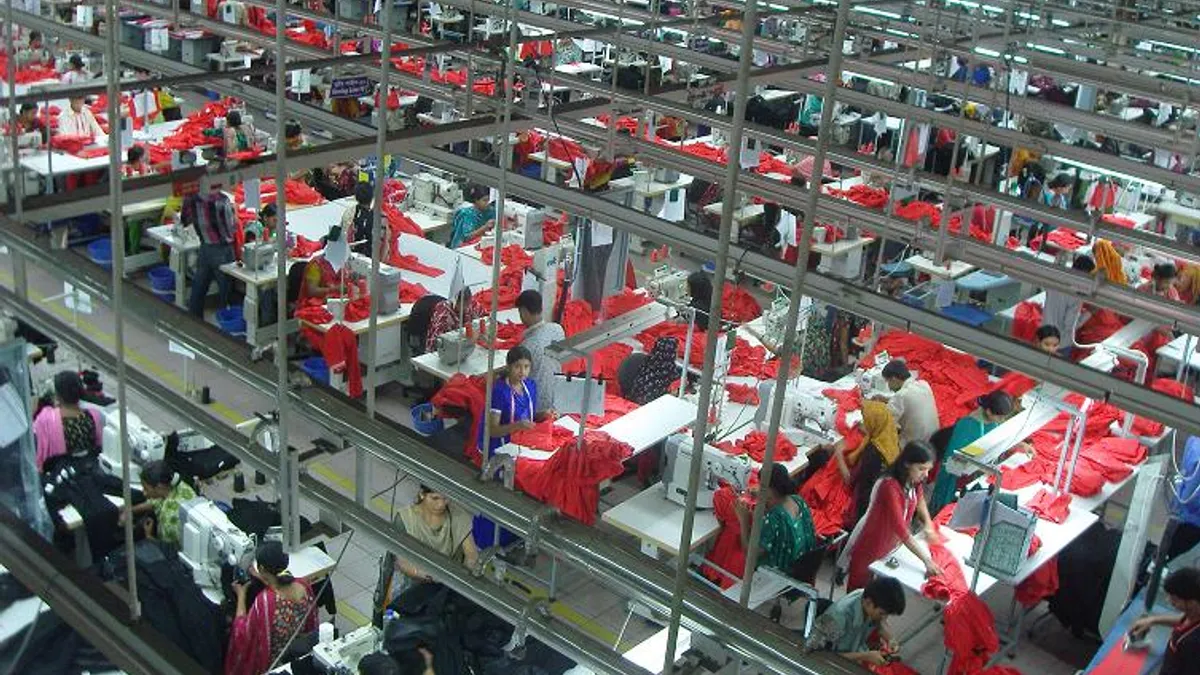Dive Brief:
- H&M is implementing new wage management systems at several of its textile factories, the apparel brand said in a news release.
- Under the new wage management system, wages are "based on different parameters which create a fairer wage-setting," H&M said. Before this system, factory employees received the same basic wages, regardless of individual skills or experience.
- H&M works with suppliers in ten production countries, training them on how to factor skills, experience and responsibility into the wage management system.
Dive Insight:
The shoulders of employees are no place to manage a supply chain.
Cost reductions from suppliers should not come from low employee wages, but from improved company management, process improvement and a motivated workforce. While early offshoring focused on cost savings due to lower labor costs, it has become evident that maintaining artificially low wages and poor working conditions are not only morally and legally wrong, they work in conflict with operational efficiencies critical to meet the needs of customers.
The retail and textile industry has consistently been at the intersection of poor labor conditions and cost pressures. And it is not only a recent offshore related issue. The Triangle Shirtwaist Factory disaster in New York City at the turn of the 20th century was a clear indicator of the history of poor treatment of garment workers in the United States. The Rana Plaza tragedy several years ago in Bangladesh was just more of the same treatment of textile workers.
Perhaps the social supply chain is finally taking hold and companies like H&M are realizing that suppliers filled with well-paid, safe and healthy workers are happy workers. And those workers are more likely to be motivated to do a good job. It would be wonderful if that kind of positive spirit and attitude permeated throughout the supply chain.
As a supply manager, I made hundreds of visits to suppliers, either to audit operations, negotiate contracts or check on the capabilities of a new supplier. I was always focused on employee turnover, one of my key performance indicators. If the number was low, the company was quick to share it, showing that it was a good place to work. If it was high, they didn’t share it, or claimed it was confidential — that told me all I needed to know.
Increased wages for labor may lead to increased costs, and that may very well be the primary cause of your next price increase. Perhaps it may be time to look at wages at the other end of the building. The pressures to reduce executive compensation are also building some momentum. Those in the C-suite might have broader shoulders.













